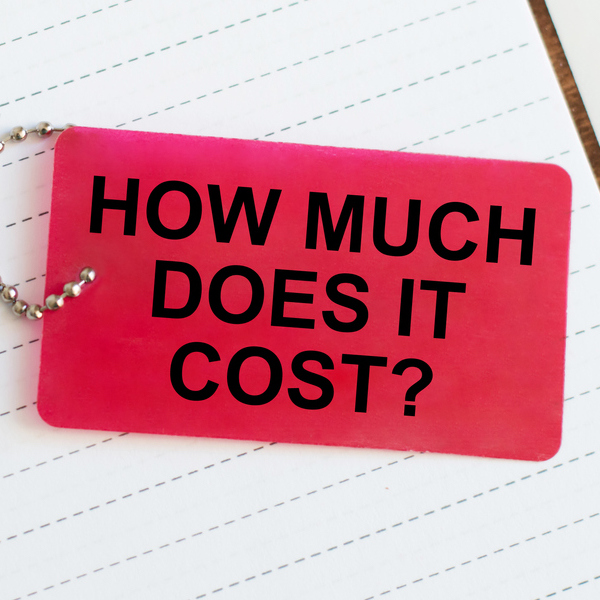If a colleague says they’re going to a scrum and your response is, “I didn’t know you played rugby,” then this blog is for you.
Over the past decade, the buzz phrase “Agile Scrum” has taken project management by storm in many industries. Here’s why it’s a perfect fit for Marketing and Advertising, too.
Agile is a set of principles perfect for projects lacking clear-cut solutions or requirements, as it allows you to course correct while navigating unexpected obstacles. This fluidity and flexibility helps you get to the best solution for complex projects with multiple possible solutions—precisely the types of projects creative agencies undertake for their clients.
To sustainably improve outcomes for our clients, Grafik has adopted an Agile framework on select projects, collaboratively leveraging our expertise across departments to test and retest different solutions until the best one—or as we call it, “The Right Idea”—wins.
Below are five examples of how Grafik is implementing Agile Scrum, plus the positive outcomes we’ve seen:
1. Include the whole team in early, critical meetings.
Ever play telephone? One person whispers a sentence to the next, and passes it on and on, until the last person is left with a garbled message that doesn’t sound remotely like the original sentence. That’s what often happens when team members aren’t at the meeting where ground rules are set and goals are hardened. By including the whole team from the get-go, everyone understands the key objectives and known roadblocks.
Result: Our team gets even more energized and excited about projects when we have the opportunity to hear directly from the client at a kick-off meeting. This results in more individual ownership of tasks and more collaboration with other SMEs.
2. Hold meaningful daily stand-ups with the whole team.
The purpose of stand-ups is to inspect daily progress against goals and to re-plan, mitigate risks, and make trade-offs. Train your team to frame their updates in terms of the end goal when they say what they worked on yesterday, what they will work on today, and what might stop them from working on those things. Clearly recognized interdependencies ensure that each person is accountable to the entire team.
Result: After a little practice, project stand-ups become faster, easier to run, and a way for teammates to self-organize and help one another. A mere 15-minute meeting each morning helps reduce miscues and wasted time during the rest of the day, and results in faster work increments between client-ready deliverables.
3. Collaborate more with the client.
Traditionally, creative agencies work in radio silence before presenting a Don Draper-style big reveal. The “WOW” factor is meant to elicit “oohs” and “aahs”… but what if the client is underwhelmed? How can we mitigate hours of work going to waste? To best leverage time, budget, and resources and ensure an end deliverable that will be enthusiastically welcomed, the Agile process builds in more frequent client reviews as part of the process. However, make sure the client understands that these reviews are of work-in-progress—feedback should be about general direction and avoiding land mines, not tweaks to the details.
Result: Sharing work-in-progress ensures direct alignment with client expectations. We don’t need to share the full-blown deliverable—sometimes it’s as simple as sending over a paragraph or two of copy, a section of a web template, a suggested brand color palette, or an example target persona to better set expectations. The final presentation of the refined deliverable still has “WOW” factor impact, with an increased level of certainty that the client will be happy with the work. The added benefit is that revisions are simpler and feedback rounds are lessened, saving time and resources and boosting morale.
4. Set time constraints.
This doesn’t refer to the number of hours allotted for a job, but rather breaking the overall project into what we call “sprints.” Sprints help us take an incremental approach, breaking up the full project deliverable into smaller chunks, with the team delivering a piece of the full project at the end of each time-boxed sprint.
Result: Focusing on a single increment means no one on the team becomes overwhelmed by the end deliverable (especially for large, deadline-driven, multi-channel campaigns). The client gets to see consistent, tangible progress, helping to build trust in the agency partnership.
5. Reflect, review, revise.
A big part of Agile is to surface problems quickly, find ways to fix them, and do it! Take the time to hold internal retrospective meetings—it’s a safe space for the entire team to discuss problems from the previous sprint, and find ways to take a different approach in the next sprint. We use a simple framework for each retrospective meeting: a table that outlines our “Likes,” “Lacks,” “Longed For,” and “Learned Experiences.”
Result: Growing and learning together strengthens morale, improves the work, and helps to keep both the agency and client happy.
Agile learning is a lifelong process. Any Agile trainer will tell you they come across companies who’ve used an Agile Scrum framework for years and are still improving. Committing to a few changes at a time will help transition your agency to a more Agile mindset.
Want more specifics about how Grafik uses Agile for client projects? Check out this recent post from our Chief Digital Officer about how “perpetual beta”—an approach that goes hand-in-hand with Agile—results in continuous value and higher performance for websites.






